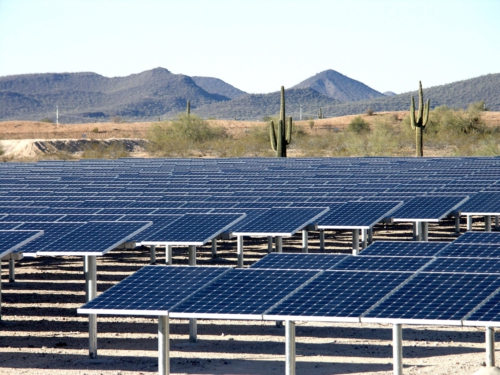More Than 1,000 Communities Will Recover Part of the Expense Incurred Removing Agricultural Chemical from Water Supplies
More than 1,000 communities that have spent millions of dollars over many years filtering a common agricultural herbicide, atrazine, out of their drinking water are welcoming their shares of a $105 million settlement with the weed-killer’s maker.
The lengthy suit has gone on for nine years. Atrazine’s maker, Swiss-based Syngenta, said it agreed to the settlement, approved in October by a federal judge in southern Illinois, “to end the business uncertainty” and avoid further legal costs. The company denied any liability or wrongdoing linked to the chemical, which it will continue to sell.
Research has shown runoff after rainstorms can wash the chemical into streams and rivers, where it can enter drinking water supplies. The settlement covers water systems used by 37,000 Americans.
The settlement money will go to community water systems that serve more than 37 million Americans, mostly in farming states. While some consider it “free money,” others said it’s only a pittance compared with what they’ve spent dealing with atrazine.
Most cities have expressed that the settlement reimburses only a fraction of the actual cost of treating their drinking water for atrazine poisoning.
systems from at least a half-dozen states — Illinois, Iowa, Indiana, Kansas, Missouri and Ohio — sued Syngenta for reimbursement of the cost of dealing with atrazine. $3.1 million going to Columbus, Ohio appears to be largest sum collected by a single city.
Atrazine is an herbicide used to control grasses and broadleaf weeds around row crops such as corn, sorghum and sugarcane. Its use has been banned in the European Union since 2003, but it remains the second most pervasive agricultural herbicide in the United States after glyphosate (Roundup®).
More about atrazine from the Pure Water Products Contaminant List.




![ta005_306[1]](http://purewatergazette.net/blog/wp-content/uploads/2013/01/ta005_3061.jpg)
![ta006_306[1]](http://purewatergazette.net/blog/wp-content/uploads/2013/01/ta006_3061.jpg)

![ph_375[1]](http://purewatergazette.net/blog/wp-content/uploads/2013/01/ph_3751.jpg)

